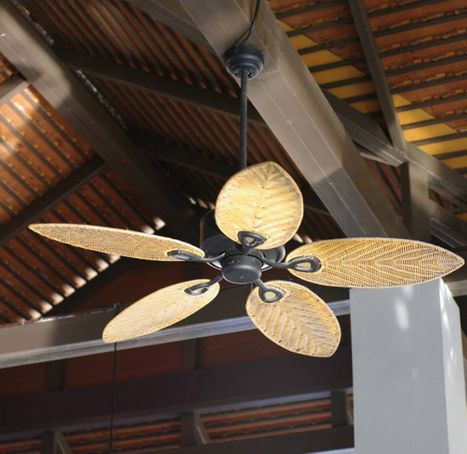Ceiling fans are no new invention. Yet, despite their prevalence, many renters and homeowners are in the dark about how to properly use one. Simply turning it on and letting the blades spin might not always do the trick. Your ceiling fan is equipped with a special feature to keep you feeling great through every season.
In the warmer months, ceiling fans are commonly used to circulate the air in a space to keep it cool.
But did you know that there is a ceiling fan switch that can also work in the winter to keep you warm and toasty?
Here’s how to determine which way your ceiling fan should turn:
HOW IT WORKS
It all has to do with fan direction. Setting the blades to rotate in different directions affects how the air in the room is felt. How can you make use of this feature? A small ceiling fan control switch on your is the key to changing your fan’s rotation. One setting rotates the blades clockwise, the other works for counterclockwise rotation. The fan direction can be determined by assessing its direction from a point of view while standing below it.
But how do you know when to use which setting?
For Cooling
In the summer, your ceiling fan should be set to rotate counterclockwise. This way, cool air is pushed downwards and causes a “wind chill” effect that makes your body and room feel cooler.
For Warming
In the wintertime, ceiling fans can be a great asset for warming the home. A clockwise setting (on the lowest speed) will slowly pull the air upwards (away from you) and towards the ceiling. This pulls cool air up and displaces the warm air that collects near the ceiling when it rises. The warmer air this then pushed lower down, toward the floor, making the room feel warmer, allowing you to lower the thermostat.
Energy Savings
With a simple ceiling fan switch, you can significantly reduce your energy costs. Because the ceiling fan only moves the air, it doesn’t actually change the temperature of the space. This explains the wind chill factor that results in your lowered body temperature with the breeze from your ceiling fan. If your air conditioner is set to a certain temperature and you are sitting under a fan in the hot summer months, your skin will begin to cool down without any actual change in room temperature.
When used in conjunction with air conditioning in summer, you can raise the thermostat 4-5 degrees with no loss of comfort and still save up to 30 percent on your energy bills And in winter, you can cut costs by up to 15 percent! That adds up to some serious savings.

